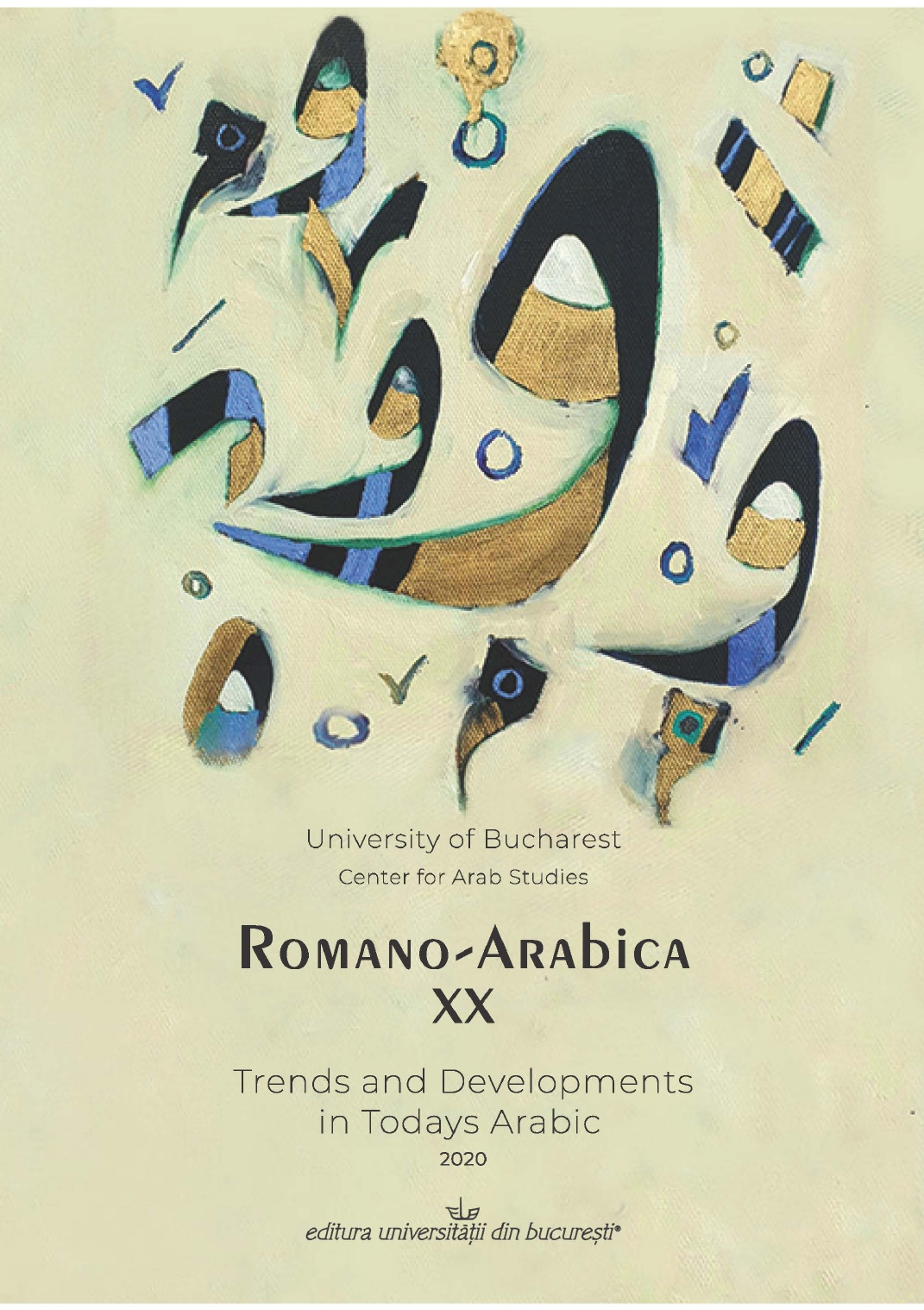BEDOUIN AND DRUZE SPEAKERS’ COLLOQUIAL ARABIC IN ISRAEL: PRESENT VS. PAST
BEDOUIN AND DRUZE SPEAKERS’ COLLOQUIAL ARABIC IN ISRAEL: PRESENT VS. PAST
Author(s): Judith RosenhouseSubject(s): Language and Literature Studies, Phonetics / Phonology, Morphology, Syntax, Lexis
Published by: Editura Universităţii din Bucureşti
Keywords: Arabic; Bedouin dialects; Druze dialects; Modern Hebrew; codeswitching; linguistic changes;
Summary/Abstract: Every language changes in time. Languages are, however, not the only thing that changes. All that we learn keeps evolving, including Arabic. As in the past, also current linguistic changes reflect the economical, technological and social circumstances. Thus, Classical Arabic is unlike Modern Standard Arabic and modern Arabic dialects are not like old ones. Following a short survey of the historical background of Bedouin and Druze speakers' settlement in the north of Israel, this paper examines texts spoken by Bedouin and Druze college students from several locations in that area (Brand 2013). A few phonological, syntactic, morphological and lexical features of these texts are discussed with examples. Their features are compared with features found in texts from Schmidt and Kahle(1918, ex-Bedouin speakers) and Blanc (1953, Druze speakers).The findings suggest that in Israel both Bedouin and Druze speakers codeswitch with Hebrew, the dominant language there. This codeswitching refers mainly to modern words in their vocabulary. Phonetic features of Arabic dialects, Modern standard Arabic and Hebrew are mixed, thus expanding the native speakers’ phonetical inventory. Syntactic and morphological changes also exist, reflecting effects of rural or urban near-by Arabic dialects. I n addition to the linguistic analysis, natural and artificial mathematical fractals are presented in the Introduction. Fractals are a rather new theoretical element, which has already been used in linguistics and can be further developed in Arabic dialectology. They are recalled at the end of the paper, because some of their features are revealed also when analyzing the development of the Bedouin and Druze speakers’ dialects. Inconclusion, the analysis of the Bedouin and Druze dialects suggests that new studies and methods of study are required in order to update our knowledge of current structures of Arabic dialects.
Journal: Romano-Arabica
- Issue Year: XX/2020
- Issue No: 20
- Page Range: 305-317
- Page Count: 13
- Language: English

